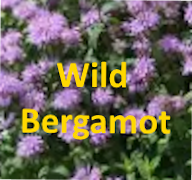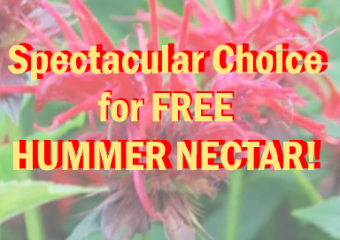Essential Guide: Stunning Hummer Nectar Facts Revealed!

Understanding Hummer Nectar: A Spotlight on Hummingbird Food
Exploring the Origins of “Hummer Nectar”
The phrase “hummer nectar” might sound unusual at first, but it is indeed related directly to feeding hummingbirds, not to be confused with any automotive references. The term “hummer” is a colloquial abbreviation that bird enthusiasts often use to refer to hummingbirds. This shorthand likely developed due to the bird’s unique humming sound made by its rapidly beating wings, which can flap about 50 times per second. What we refer to as “hummer nectar” is essentially a simpler way of saying “hummingbird nectar.”
Is a Hummer Really a Hummingbird?
Understanding the relationship between “hummer” and “hummingbird” clarifies much about colloquial birdwatching terms. Yes, a “hummer” is simply a friendly, shorter-term used for a hummingbird. This nickname captures the endearing qualities and the delightful buzz these tiny birds contribute to gardens and wild areas. Adopting concise and affectionate nicknames for wildlife is not uncommon; such practices create a more personal connection between humans and nature.
The Role and Composition of Hummer Nectar
Hummingbirds are known for their extraordinary energy levels— a necessity to sustain their rapid flight. Hummer nectar plays a crucial role in providing the high-energy diet these birds require. The nectar, whether homemade or store-bought, is generally a simple sugar solution that mimics the natural sucrose found in wildflowers.
The basic recipe for creating suitable hummer nectar involves mixing four parts of water with one part of white sugar. This concoction offers a caloric boost that supports the hummingbirds’ high metabolism without any harmful additives like those found in dyed or pre-made nectars from stores. Importantly, enthusiasts should avoid using honey or artificial sweeteners as these can be detrimental to the birds’ health.
Historical Development of the Term “Hummer Nectar”
While it’s challenging to pinpoint the exact origin date of the term “hummer nectar,” its usage has certainly proliferated with the growth of bird watching as a popular hobby in the twentieth century. As more people began setting up feeders and taking an active role in observing and nurturing backyard wildlife, shorthand and jargon such as “hummer” became part of the bird watcher’s vernacular.
The rise of community-based and online birding forums has further solidified “hummer nectar” as a common term. These platforms have enabled enthusiasts to share tips, experiences, and advice on how best to attract and feed hummingbirds, among other wildlife.
Why It Matters
Understanding what hummer nectar is, and adapting the way we refer to it, does more than add an interesting tidbit to your knowledge of nature’s wonders; it plays a significant part in wildlife conservation efforts. By making the process of feeding hummingbirds accessible and correctly informed, we contribute to their survival and to the broader environmental wellness. Hummingbirds, like many pollinators, play a crucial role in maintaining the health of our ecosystems.
Using appropriate feeding solutions like homemade hummer nectar ensures that we provide these tiny powerhouses with the safe and healthy sustenance they need. At the same time, using affectionate colloquialisms such as “hummer” reflects and fosters a cultural appreciation of nature, which is vital for the ongoing support of ecological preservation.





